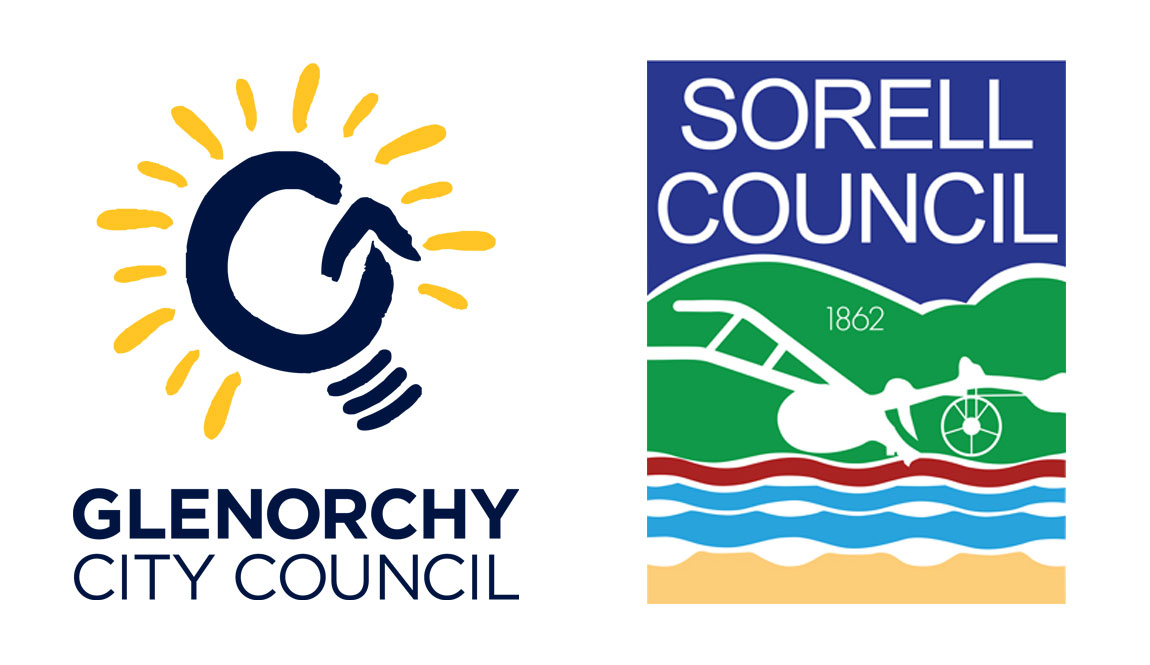Local government
by-elections 2024



Following the conclusion of an appeal period, all election material that is not subject to a court challenge is securely destroyed. People who did not vote are contacted six to eight weeks after the election and data showing which electors have voted is stored securely for this purpose. At the end of the non-voter process this data is deidentified so that general election statistics can still be generated.
A search tool to learn who currently represents you at each level of government.
(opens in new tab)